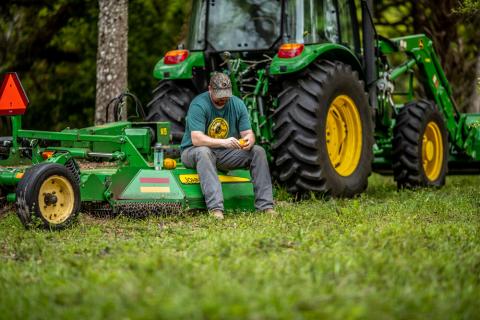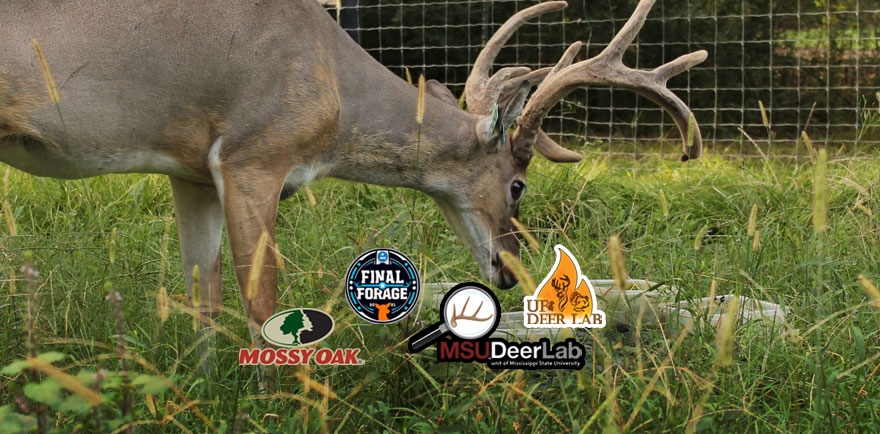
For this summer’s planting season, we decided to do a fun write-up on a little competition to see which deer forage is the favorite among the herd and which ones you should be planting.
Strategically designed in the same fashion as The Final Four madness of basketball, the Mississippi State Deer Lab and University of Florida Deer Lab have created a fun test in deer forage preference —The Final Forage.
Here you’ll find out what deer really prefer to eat in the four categories of mineral stumps and food plots, browse, vines, and forbs.
The four winners of each category will then go on to compete in the CHAMPIONSHIP round.
Afterward, we’ll interview the judges on what the results of this competition mean for this summer’s planting season.
ROUND ONE: MINERAL STUMPS AND FOOD PLOTS
Judges Bronson Strickland, Steve Demarais, Marcus Lashley, and guest judge Cuz Strickland of Mossy Oak try to guess which of the following Mineral Stumps and Food plots will win the day:
Mineral Stumps and Food Plots Competitors:
- Soybeans
- Alfalfa
- White Clover
- Red Clover
- Blackgum
- Red Maple
- Osage Orange
- Dogwood
After discussing the health benefits and breakdown of each plant, the judges land on their pick to win the Mineral Stumps and Food Plots round.
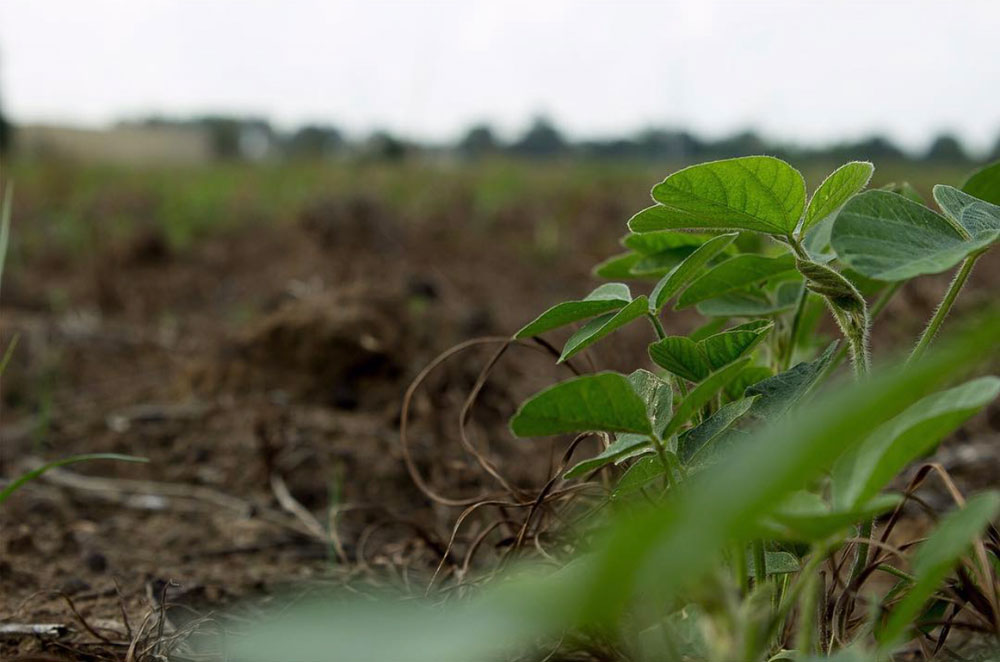
Dr. Strickland picks Soybean, as it is such a beloved plant to deer all over the country. He thinks it is the “ice cream” of the deer foods.
Dr. Lashley picks Blackgum, a bit more of a sleeper pick. He finds completely picked over blackgums in the woods and believes it to be a favorite of the deer herd.
Cuz picks Alfalfa because of his experience with it out west. He has seen deer go through plenty of obstacles to get to it.
Dr. Demarais goes with his gut and chooses Soybean, a high protein and digestibility type plant.
AND THE WINNER IS…Soybean!
Dr. Bronson and Dr. Demarais win this round.
They weighed the bags of each chopped up plant and discovered that Soybeans had been eaten the most of all the options.
Next up, we have the Browse Round with guest judge Dudley Phelps of Mossy Oak.
ROUND TWO: BROWSE
The judges will choose their favorites between several species of plants.
Browse Competitors:
- Blackgum
- Dogwood
- White Oak
- Sumac
- Beautyberry
- Redbud
- Persimmon
- Elderberry
They picked items that were locally abundant and widely available to deer all over. Though all are phenomenal forages, there can only be one winner!
After the guys talk about the benefits and breakdowns of each plant, they choose their pick.
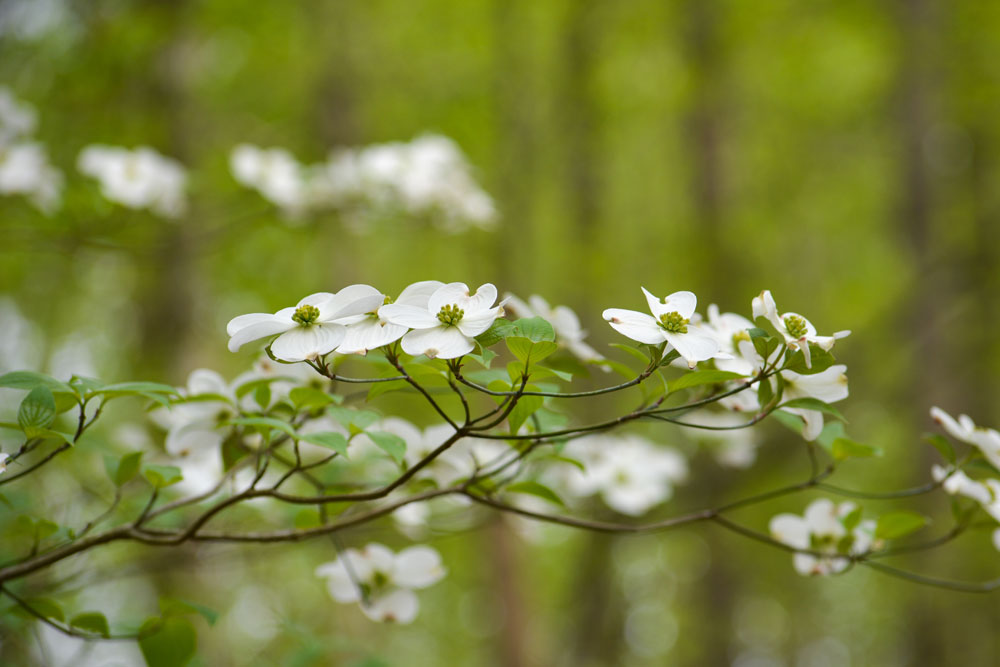
Dr. Strickland chooses a plant he sees browsed all the time in the woods, the Blackgum.
Dr. Lashley chooses the Dogwood because of the amount of calcium it has.
Dudley debates a bit, then finally chooses Elderberry because of his personal experience of getting one established in his yard because of the deer feeding on it.
Finally, Dr. Demarais chooses Blackgum, as well, because it its high forage value content for deer.
After carefully putting out forages with the same weight and then weighing them again after a few hours in the pen with the deer, the Deer Lab discovers the winner of the Forage bracket.
The winner is the…DOGWOOD.
Dr. Lashley wins this round. Onto the next!
For the third round, Vines are the bracket!
ROUND THREE: VINES
The guest judge for this round is Matt Ross from the National Deer Association.
Vines are important for year-round stability for deer. Though they aren’t quite as exciting as forage or browse, they are essential for maintaining deer weight and health.
Vine Competitors:
- Poison Ivy
- Trumpet Creeper
- Greenbriar
- Grape
- Blackberry
- Virginia Creeper
- Honeysuckle
- Alabama Supplejack
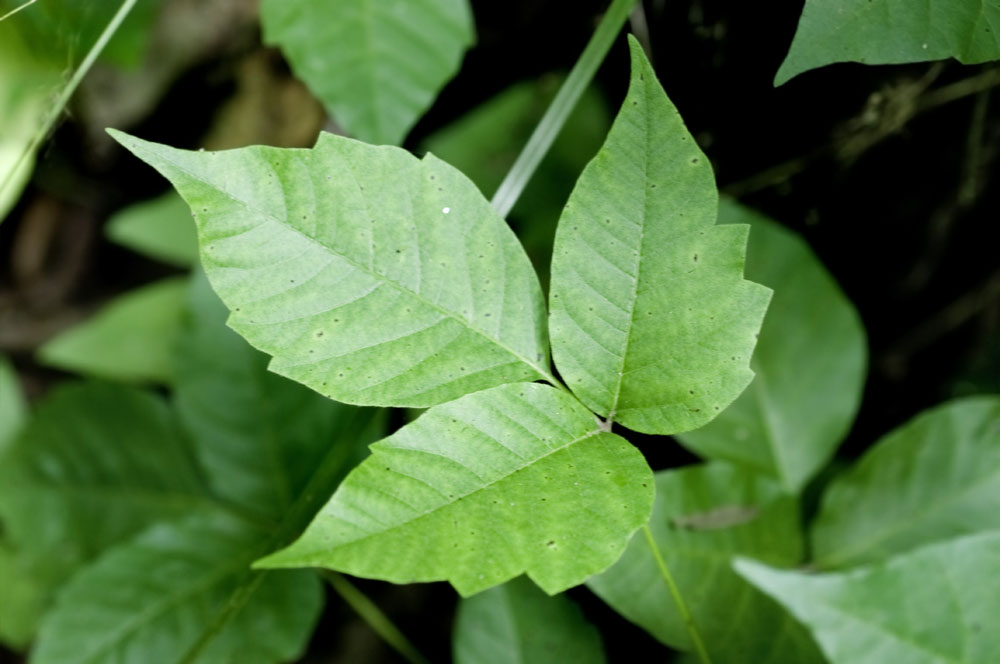
Dr. Bronson chooses Greenbriar because every time he’s ever seen it in the wild, there’s always been bites taken out of each of the leaves.
Dr. Lashley chooses underdog Poison Ivy because he has a gut feeling that it’s something that when available, they’re going to try to mix into their diet.
After doing his research on nutritional values, Ross couldn’t decide between Greenbriar and Alabama Supplejack, so he had his six-year-old flip a coin, which landed on Alabama Supplejack!
Dr. Demarais considers going with Greenbriar, but lands on Poison Ivy as well after considering the timing of the study, which was done in early summer.
After letting the deer ultimately choose the winner, a vine came through victorious as being the most eaten one.
The winner was…POISON IVY.
Dr. Lashley and Dr. Demarais take the win.
Last, but not least, we move into the FORBS round. With guest judge Kip Adams of the National Deer Association, the guys are ready to finish up the last round before the championship.
ROUND FOUR: FORBS
Forbs are essential for fawn recruitment in females and antler and body growth in males.
Forbs Competitors:
- Sunflower
- Pokeweed
- Common Ragweed
- Beggar’s Lice
- Boneset
- Wild Lettuce
- Beggarticks
- Lespedeza
For their picks, the guys think long and hard and reconsider some of their previous strategies, like going with the one with the highest protein.
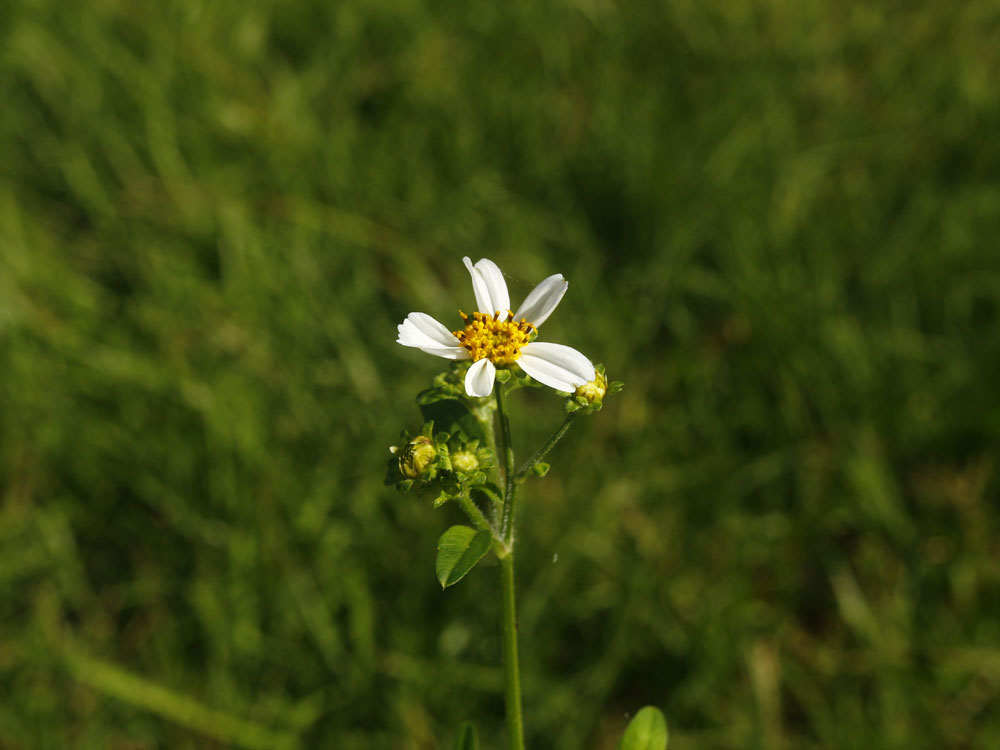
Dr. Bronson chooses Beggar’s Lice based on his experience in the field with this plant. He always sees this plant highly browsed in the woods.
Dr. Lashley also chooses Beggar’s Lice because it’s his favorite genus. When he worked on his master’s in Tennessee, he noticed that it was a plant that survived a great drought and continued to produce and be foraged consistently.
Kip Adams goes with Pokeweed because he’s never seen one not browsed heavily during the summer and fall. It’s also the highest protein and the easiest digestibility of the options.
Finally, Dr. Demarais chooses Wild Lettuce because he’s noticed that deer will eat it down several feet from its potential height. He worries that the pen deer aren’t familiar enough with wild lettuce, though.
Again, after chopping up the Forbs leaves into equal size and weight, the guys let the deer tell them which one they liked the best.
And for this round, the winner was…Beggar’s Lice!
Dr. Bronson and Dr. Lashley take a victory lap.
And now, the moment we’ve all been waiting for, the championship round!
CHAMPIONSHIP ROUND
Marcus leads the group with three wins; Dr. Demarais Steve and Dr. Bronson both trail with two wins a piece.
The guest judge for the championship round is Dr. Craig Harper, professor in the department of Forestry, Wildlife, and Fisheries at the University of Tennessee.
Final Four Forages:
- Soybeans
- Dogwood
- Poison Ivy
- Beggar’s Lice
Dr. Harper chooses soybeans, and goes so far as to say if soybeans don’t win, there’s something wrong with their deer!
Dr. Strickland chooses soybeans, begrudgingly. He’d like to choose a native forage, but he thinks soybeans will win the day.
Dr. Lashley’s pick is dogwood based on calcium levels and the context of how the deer in the study are actively growing their antlers.
Dr. Demarais chooses soybeans, as he believes it is going to be the ultimate winner as the deer choose based on taste.
After much anticipation and smack talk among the guys, we watch to see what the deer eat.
And without any more delay, with much surprise, the winner is…DOGWOOD!
DOGWOOD is the ultimate forage! Dr. Lashley takes the overall win!
As much fun as this competition was, it was also exceedingly educational. For any planting needs this summer, check out the Biologic and Gamekeepers pages.
Follow below for a quick Q & A with the judges!
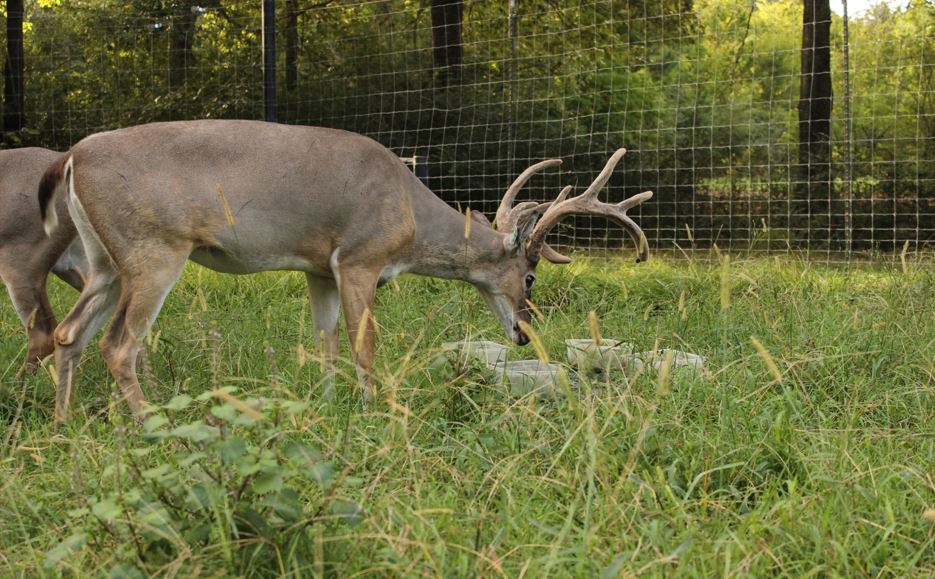
How and why did you become a deer scientist?
Dr. Demarais: Wildlife Biology has always been my passion, based on love of hunting and fishing. Blessed to be able to focus on deer ecology and management in my university faculty positions.
Dr. Lashley: I group up hunting and fishing and have always had a keen interest in understanding deer diet selection. I would watch deer selectively browse from the deer stand wonder why they chose to eat certain plants and avoided others as a kid.
Dr. Strickland: I was very, very lucky while in middle-school to have a buddy that had a buddy whose dad was a deer biologist at the University of Georgia. When I heard there was such a profession, I never looked back – literally – I never considered any other job/profession. And a little small-world story here, that professor ended up being my advisor when I went to the University of Georgia for my undergraduate degree in wildlife biology.
Why does the GameKeeper lifestyle work well for the health of deer?
Dr. Demarais: Provision of quality habitat combined with accurate monitoring of deer and habitat and a well-executed harvest management plan will produce the healthiest deer and habitat.
Dr. Lashley: For me being a gamekeeper means actively managing native plant communities to enhance habitat conditions for wildlife. One result of doing so successfully is a healthy deer herd.
Dr. Strickland: I think being a GameKeeper is synonymous with being a wildlife manager; in my mind those terms are interchangeable. The number, quality, and health of deer will always improve if the herd is managed and their habitat is improved.
Following this experiment, what do you suggest people start planting during the summer?
Dr. Demarais: Results are clear from our work – the best approach is to produce a large variety of natural and planted forages across your property
Dr. Lashley: I suggest they not only plant food plots, but also plant a disk in the ground and using other habitat management tools to enhance native vegetation communities with disturbances. This is most often the missing component of deer habitat.
Dr. Strickland: Believe it or not, our experiment didn’t change what we suggest, but rather strengthened our perspective. We recommend that you provide deer with dietary choices – let them choose what they want to eat. The best way to do that is provide diversity, both with food plot forages and naturally occurring plants. So continue to plant food plots, but also manage the habitat.

















